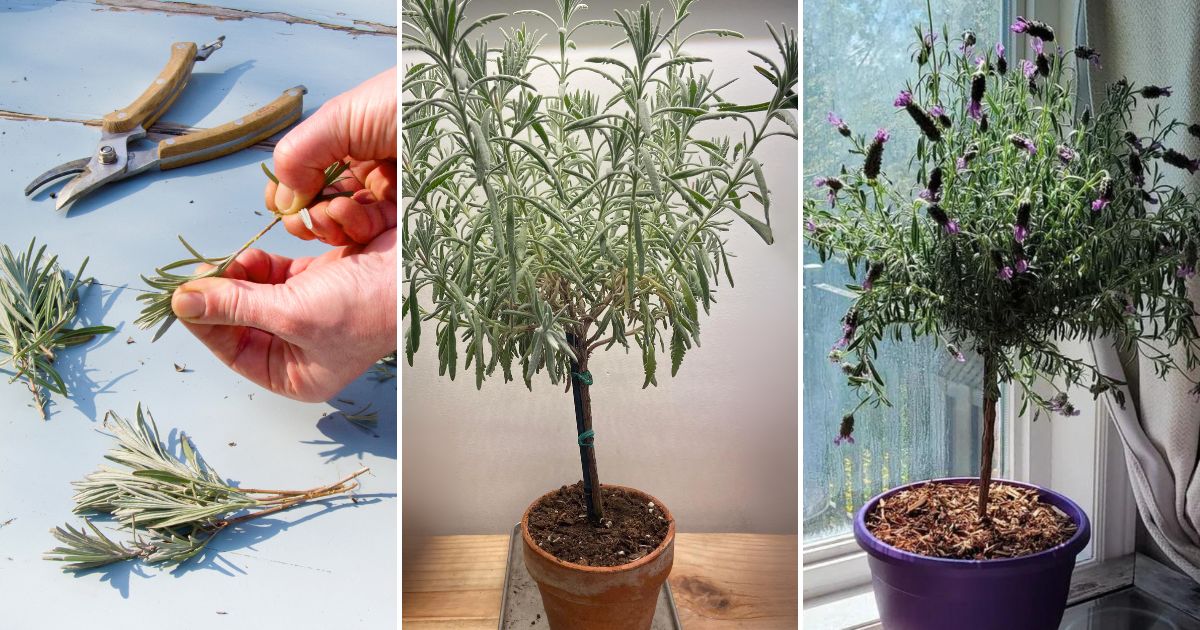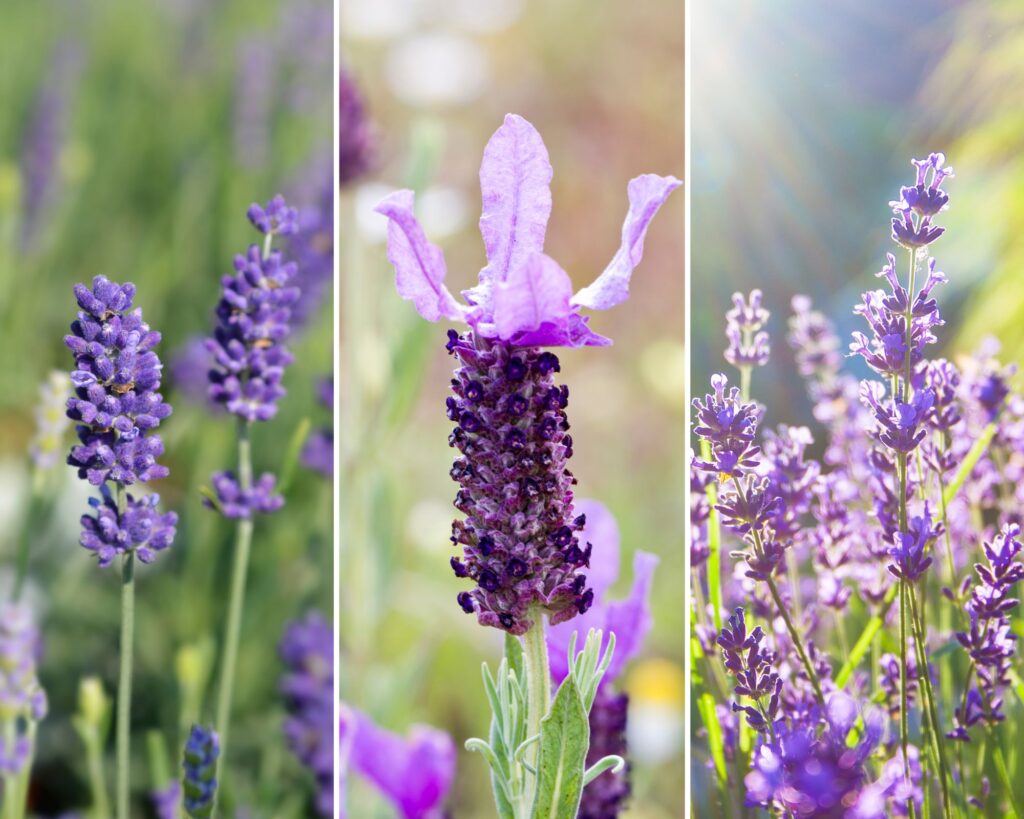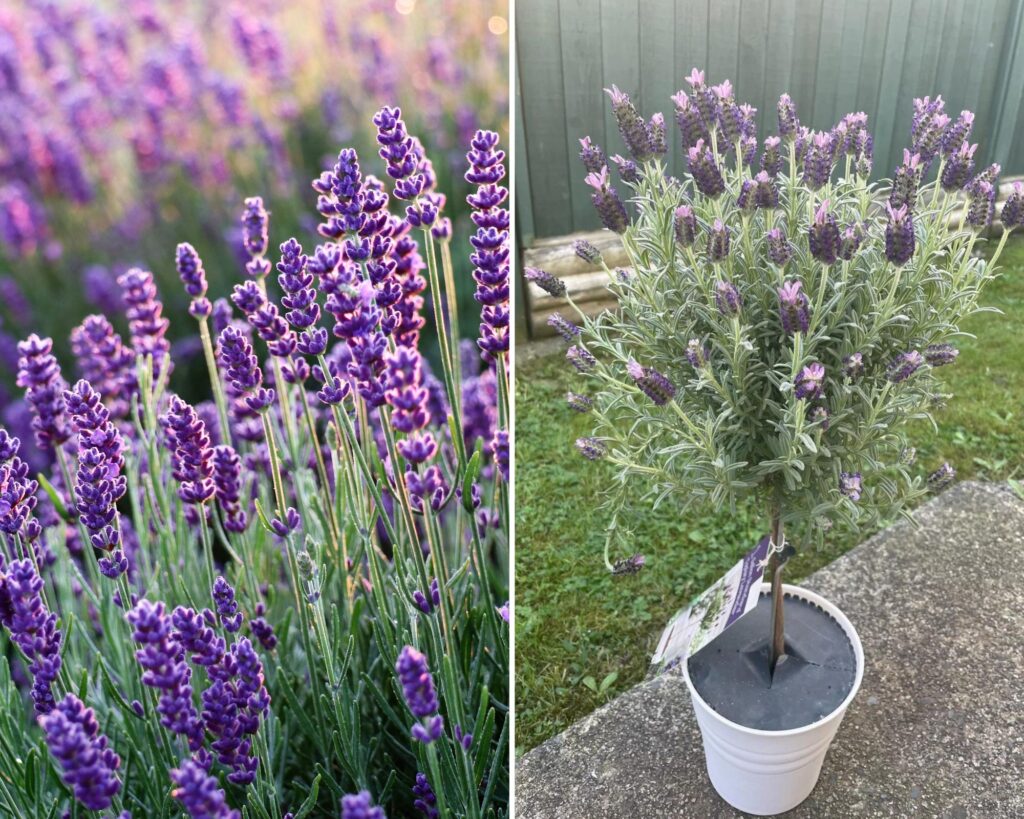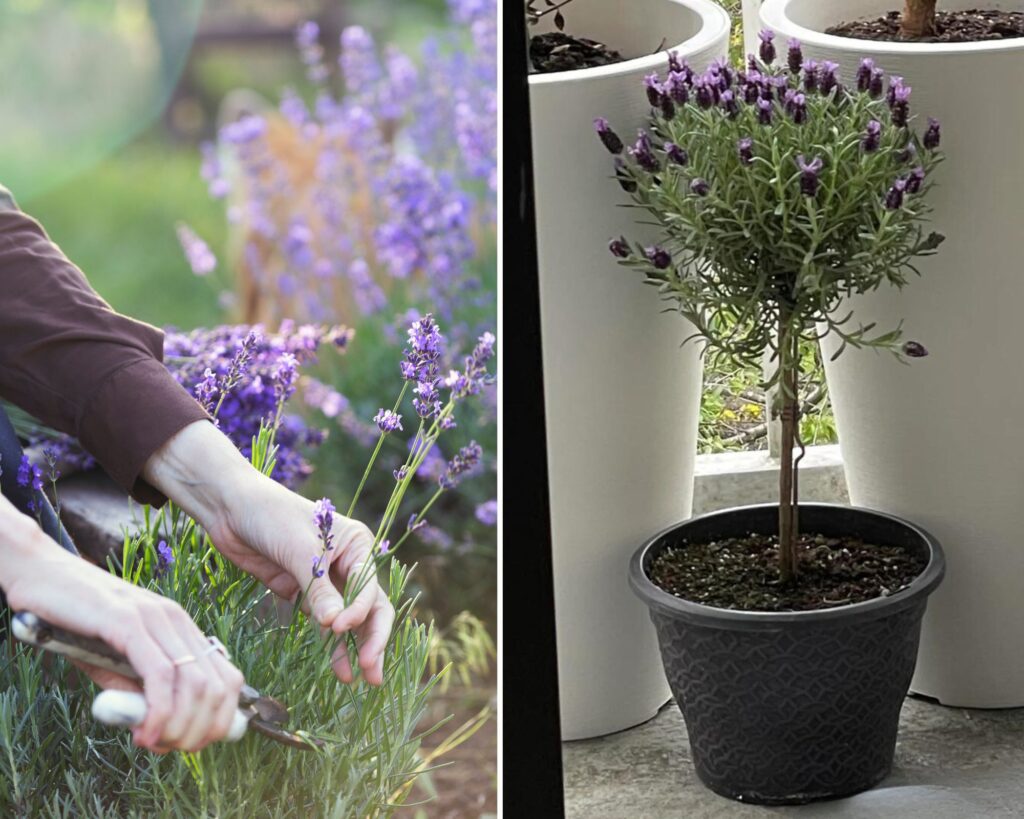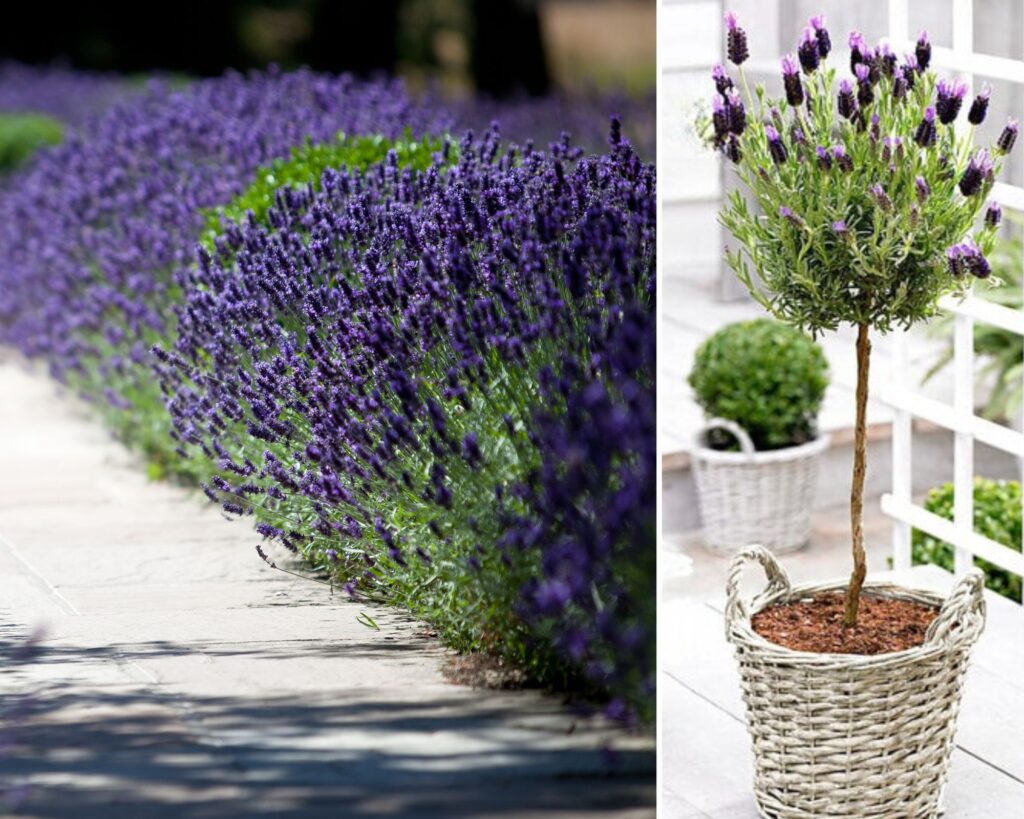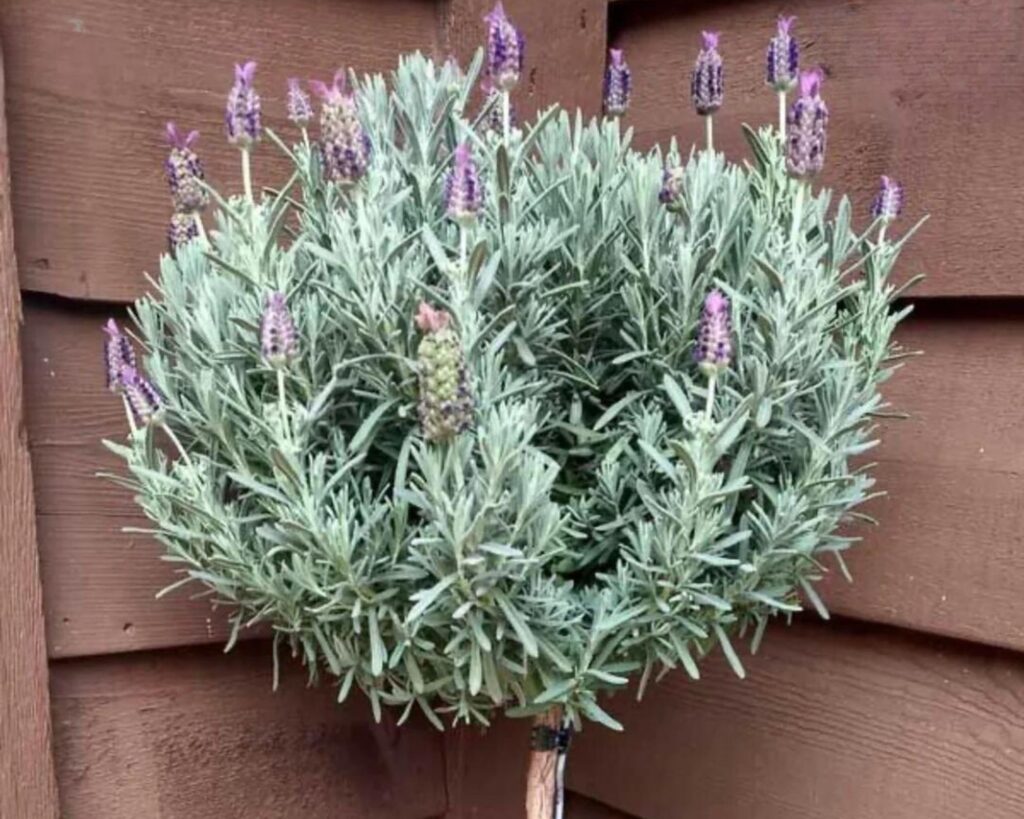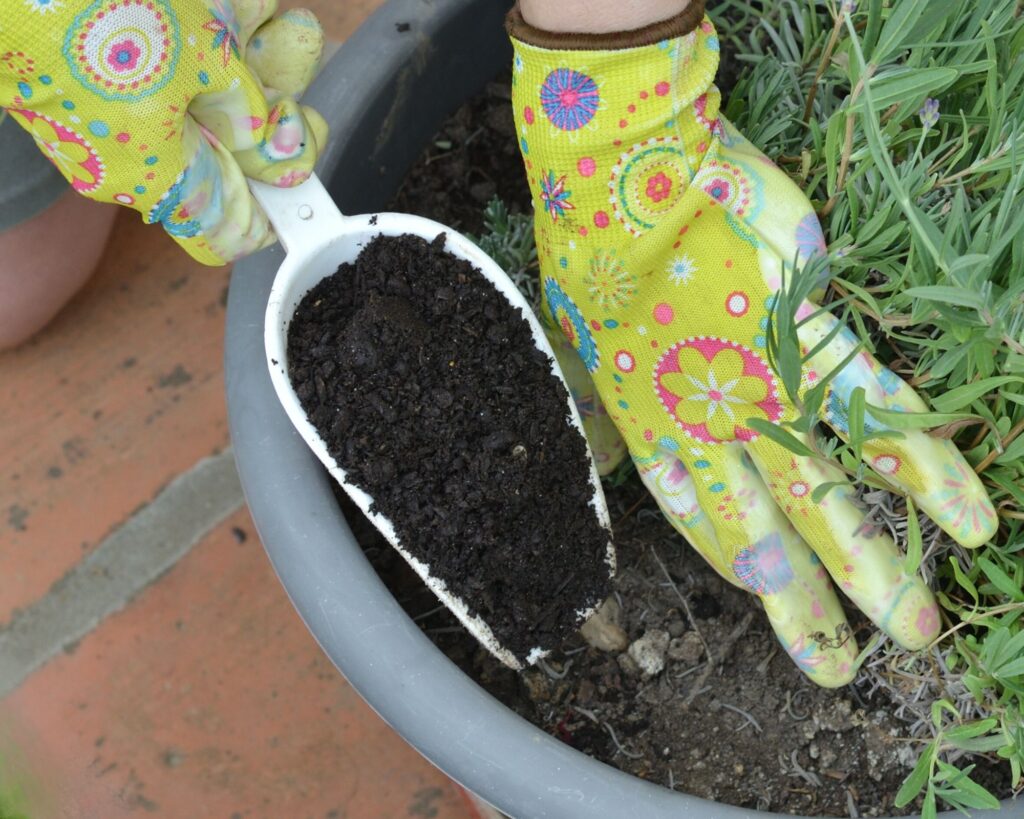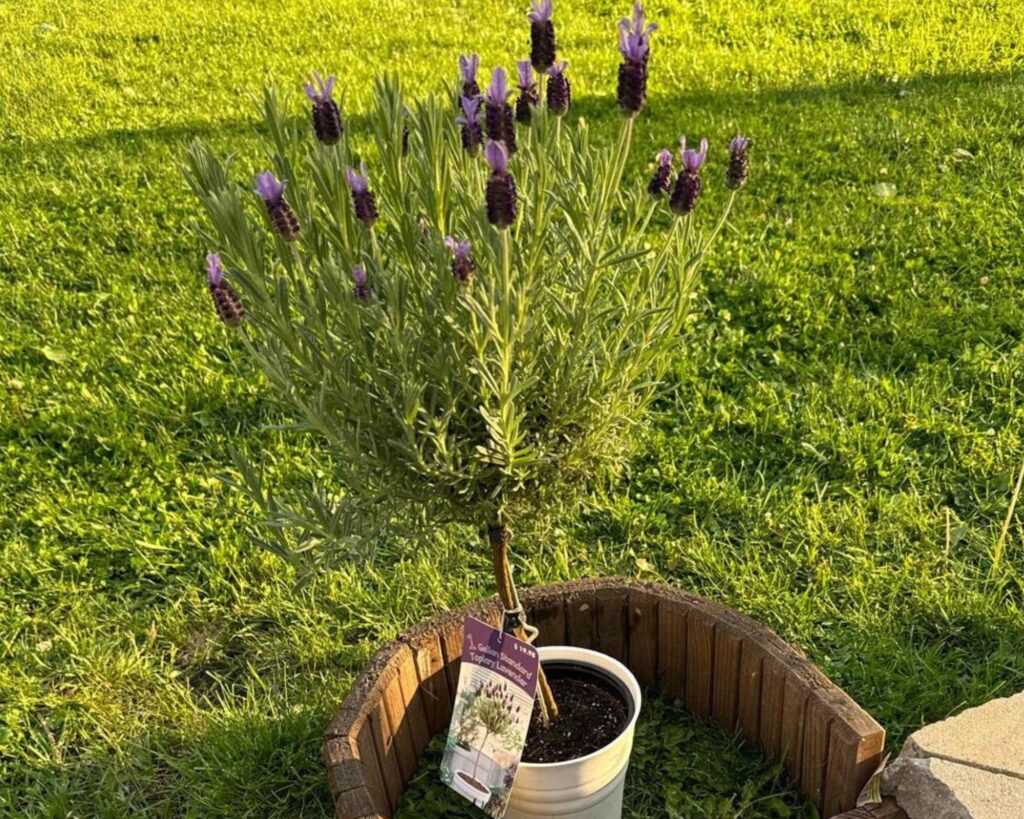Lavender trees are beautiful, fragrant additions to any garden, but they do require some specific care to thrive. To care for a lavender tree, ensure it gets plenty of sunlight and well-drained soil.
This will help your plant grow strong and produce that signature calming scent.
Regular pruning is also vital. It encourages new growth and maintains the tree’s shape. Watering should be done sparingly, as lavender doesn’t like to have its roots waterlogged.
If you provide a sunny spot and avoid overwatering, your lavender tree will reward you with its lovely color and aroma. Ready to learn more tips? Let’s dig into the details.
Understanding Your Lavender Tree
Lavender trees come in various species with unique growth habits. Knowing the type you have and its specific needs will help you provide optimal care.
Lavender trees fall into a few main species categories. Lavandula angustifolia, also known as English lavender, is the most common. It features narrow leaves and spikes of fragrant flowers.
Lavandula stoechas, or Spanish lavender, has distinctive tufted flower heads and a slightly stronger scent. Another variety, Lavandula dentata, also known as French lavender, sports toothed leaves and a more robust, sweet fragrance.
Each species thrives in slightly different conditions, so identifying your tree accurately is critical. Check the label if you purchased it from a nursery, or compare its features to online resources to determine the specific variety.
What is the Difference Between Lavender and Lavender Tree?
The key differences between lavender and a lavender tree are primarily in their growth forms and maintenance requirements:
- Growth Form:
Lavender: This typically refers to the herbaceous plant that grows in a bushy or shrub-like form. It is characterized by its compact, dense foliage and fragrant purple flowers.
Lavender Tree: Also known as a lavender topiary or standard, this is a variety of lavender that has been trained or pruned to grow with a tree-like appearance. It features a clear, single trunk with a rounded or shaped canopy at the top.
- Maintenance and Care:
Lavender: Regular care involves pruning the plant after flowering to maintain its shape and promote healthy growth. It thrives in well-drained soil and requires full sun.
Lavender Tree: In addition to the care required for standard lavender, lavender trees need regular pruning and shaping to maintain their tree-like appearance.
This involves trimming the canopy and removing any shoots that develop along the trunk to preserve the clear stem.
- Aesthetic Appeal:
Lavender: Offers a natural, bushy appearance that works well in garden borders, rock gardens, and as ground cover.
Lavender Tree: Provides a more formal and ornamental look, often used in decorative pots, entranceways, or as focal points in a garden.
While both types require similar growing conditions, the additional pruning and shaping needed for a lavender tree demand more attention and effort from the gardener.
How to Care for a Lavender Tree in Winter?
To properly care for a lavender tree during winter, follow these steps:
- Location:
If possible, move your potted lavender tree to a sheltered location such as a greenhouse, cold frame, or an indoor area with plenty of sunlight.
If planted in the ground, choose a spot with good drainage to prevent waterlogging.
- Mulching:
Apply a layer of mulch around the base of the lavender tree to protect the roots from freezing temperatures.
Use materials such as straw, pine needles, or shredded bark, and ensure the mulch is several inches thick but not touching the trunk directly to avoid rot.
- Frost Protection:
Cover the lavender tree with a frost cloth or burlap to protect it from cold winds and frost. Secure the covering so it stays in place during windy conditions. Ensure there is some airflow to prevent mold and mildew.
- Watering:
Reduce watering during winter as lavender prefers to stay dry. Overwatering can lead to root rot, especially when the soil is cold. Only water when the soil is dry to the touch, and ensure good drainage.
- Pruning:
Avoid heavy pruning in late fall or winter. Instead, trim lightly to remove any dead or damaged branches. Major pruning should be done after the last frost in spring.
- Container Care:
If your lavender tree is in a pot, ensure the container is insulated to protect the roots. You can wrap the pot with bubble wrap or place it inside a larger container filled with insulating material like straw.
- Sunlight:
Ensure your lavender tree receives plenty of sunlight even during winter. If indoors, place it near a south-facing window where it can get at least 6 hours of sunlight per day.
By following these winter care tips, you can help your lavender tree survive the cold months and thrive when spring arrives.
Summer Care Tips
To ensure your lavender tree thrives during the summer, follow these care tips:
- Sunlight:
Place your lavender tree in a spot where it receives full sun, ideally 6-8 hours a day. In very hot climates, some afternoon shade can prevent leaf scorch.
- Watering:
Water consistently but allow the soil to dry out between watering sessions.
Overwatering can lead to root rot, so well-draining soil is essential.
Check the soil moisture regularly and water when the top inch is dry.
- Soil:
Use well-draining soil to prevent waterlogging. A mix of sandy soil or soil with added perlite or gravel works well for lavender trees.
- Fertilizing:
Fertilize sparingly, usually once a month, using a balanced, water-soluble fertilizer. Over-fertilizing can cause excessive foliage growth at the expense of blooms.
- Pruning:
Lightly prune your lavender tree after the first bloom to encourage a second flowering in late summer.
Remove spent flowers and any dead or leggy growth to maintain a healthy, attractive shape.
- Pest and Disease Management:
Regularly check for pests such as aphids or spider mites and treat with appropriate organic or chemical controls if necessary.
Ensure good air circulation around the plant to prevent fungal diseases.
- Temperature Management:
While lavender thrives in warmth, extreme heat can stress the plant.
In very hot climates, providing some afternoon shade can help protect the plant.
Mulching around the base can also help retain moisture and regulate soil temperature.
By following these summer care tips, your lavender tree will flourish, producing vibrant blooms and maintaining healthy growth throughout the season.
Lavender trees are a wonderful addition to any garden, offering both beauty and fragrance. With proper care, they can thrive and bring joy throughout the year.
By following these guidelines and adjusting for seasonal changes, your lavender tree will reward you with its vibrant color and calming aroma, becoming a cherished feature in your garden.
